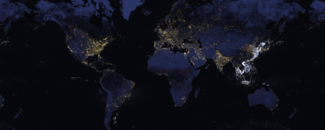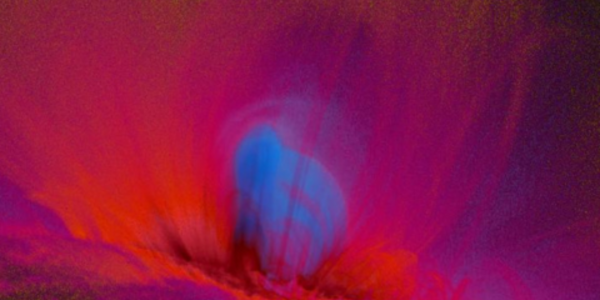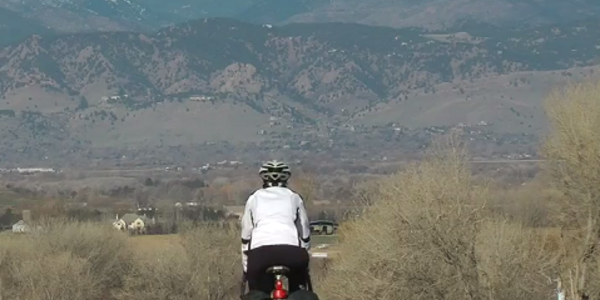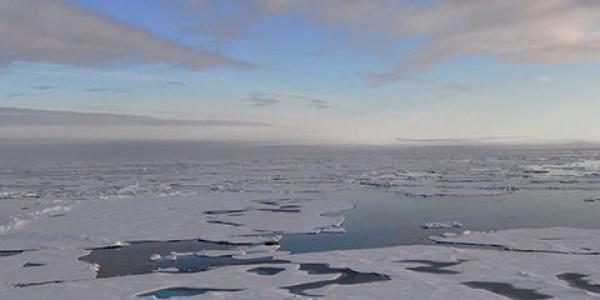
Observations of nighttime lights are reaching their sunset at NCEI. The product, along with several others from the Visible Infrared Imaging Radiometer Suite (VIIRS) satellite instrument, move to a new home this year in public higher education.
The products to be retired by NOAA NCEI in Fall 2019 include:
- Annual, Monthly, and Daily Global Nighttime Lights
- VIIRS Nightfire - Nighttime Detection and Characterization of Combustion Sources
- VIIRS Boat Detection
- VIIRS Gas Flaring
These products, based on VIIRS observations, will continue to be publicly available through the academic sector at the Colorado School of Mines, a public university in Golden, Colorado. Ongoing data should be available through the university’s Payne Institute for Public Policy. Currently, neither NCEI nor NOAA maintain an affiliation with the university and assume no responsibility for the quality or servicing of the information. New data through the NOAA website will be ceased in October though archived historic products will continue to be available. Nighttime lights posters by NOAA will be discontinued as well.
History of Earth Observation Group
NCEI’s EOG, supported by the Cooperative Institute for Research in Environmental Sciences (CIRES), started working in 1994 with Defense Meteorological Satellite Program (DMSP) data collected by the U.S. Air Force Weather Agency. Since then, the group has produced a time series of annual cloud-free composites of nighttime lights, first with the DMSP and more recently using VIIRS imagery. The DMSP and VIIRS data products included free and fee-for-use products. EOG has specialized primarily in worldwide nighttime observations of lights and combustion sources, such as global gas flaring observed from space.
For questions or further information about the change, contact NCEI at ncei.info@noaa.gov.



